INTRODUCTION
PHP frameworks are indispensable tools for developers, providing structure, efficiency, and reusability in building web applications; among the most popular and widely adopted are Laravel and Symfony. Laravel, known for its elegant syntax and expressive features, has quickly gained traction in the developer community, making it a go-to choice for rapid application development. Meanwhile, Symfony, with its robust and flexible architecture, has established itself as a reliable framework for large-scale and complex projects.
Laravel and Symfony each have their unique strengths in terms of architecture, performance, extensibility and more. To make an informed decision as to which is the most suitable for your project requirements, you’ll need to understand the distinctions and merits of each framework.

THE BENEFITS OF THE LARAVEL FRAMEWORK
Laravel, released in 2011, has rapidly gained popularity in the PHP community for its simplicity, elegance, and developer-friendly approach. Created by Taylor Otwell, Laravel was designed to empower developers by offering an expressive and intuitive syntax, making it easy to build web applications with speed and efficiency. In fact, many startups and enterprises have chosen Laravel as their framework of choice, leveraging its rapid development capabilities and scalability to launch successful products.
Laravel has a modular and extensible architecture and a rich ecosystem of Composer packages that enables developers to extend the framework and integrate third-party libraries seamlessly. This modularity allows developers to focus on building specific features without getting weighed down by unnecessary components. What’s more, Laravel's active and enthusiastic community provides continuous updates, bug fixes, and an abundance of community-contributed packages, ensuring that developers have access to the latest features, security enhancements, and ongoing support.
- Built-in Features - Laravel comes with a wide range of built-in features and tools for common web development tasks, such as authentication, routing, and caching.
- Artisan Console - Laravel includes a command-line tool called Artisan, which simplifies tasks like generating boilerplate code, managing database migrations, and running tests.
- Blade Templating Engine - Laravel uses the Blade templating engine, which provides a simple yet powerful way to create templates and layouts.
- Laravel's Eloquent ORM (Object-Relational Mapping) simplifies database interactions and allows developers to work with databases using a fluent, expressive syntax.
- Laravel Mix Simplifies asset compilation and management, making it easy to work with JavaScript, CSS, and other assets.
THE BENEFITS OF THE SYMFONY FRAMEWORK

One of the primary benefits of Symfony is its component-based architecture. Each feature operates independently as a standalone module, allowing developers to pick and choose the necessary components for their projects. This modular approach promotes code reusability and maintainability, enabling developers to build applications faster and with greater flexibility. Symfony's emphasis on flexibility and customisation is another key advantage. Its decoupled components and dependency injection container give developers the freedom to tailor applications precisely to their unique requirements. This adaptability is especially valuable for projects with complex and diverse needs. What’s more, Symfony's extensive and well-structured documentation is a valuable resource for developers, providing comprehensive guides, tutorials, and references to expedite the development process.
- Symfony uses the Twig templating engine, which provides a secure and extensible way to create templates.
- Symfony often pairs with the Doctrine ORM for database management, offering robust database interaction capabilities.
COMPARING LARAVEL AND SYMFONY
- Architecture and Design Patterns - Laravel's MVC provides an easy-to-learn and straightforward structure, making it a popular choice for smaller projects and rapid development. On the other hand, Symfony's component-based approach is advantageous for large-scale and complex applications that require greater customisation and extensibility.
- Performance and Scalability - Laravel's performance is influenced by its expressive syntax and elegant design, which allows for faster development. Meanwhile, Symfony's performance heavily relies on its modular and decoupled architecture, offering greater flexibility and efficiency for large-scale applications.
- Security and Vulnerability Management - Laravel's ease of use and built-in security features make it an excellent choice for developers seeking straightforward security measures and rapid application development. On the other hand, Symfony's more advanced nature and flexibility allow developers to tailor security implementations to specific project requirements.
- Learning Curve and Documentation - Laravel is renowned for its developer- friendly and expressive syntax, making it relatively accessible for developers new to PHP frameworks. Symfony presents a steeper learning curve, particularly for developers new to PHP frameworks. Understanding Symfony's intricate inner workings may require more time, dedication and experience with PHP frameworks.
- Community Support - Laravel's welcoming and supportive community is ideal for developers working on small to medium-sized projects, startups, and web applications with quicker time-to-market needs. On the other hand, Symfony's support relating to its extensive documentation and standardised libraries caters to developers who prioritise comprehensive resources and long-term maintainability.

WHICH FRAMEWORK SHOULD YOU CHOOSE FOR YOUR NEXT PROJECT?
- Laravel is an ideal choice for a wide range of projects and scenarios, especially those that prioritise rapid application development, ease of use, and straightforward requirements. For example, startups and small businesses often have time-sensitive projects with limited resources. Laravel's simplicity and intuitive syntax enable developers to build functional prototypes and minimum viable products (MVPs) quickly, facilitating faster time-to-market.
- Symfony excels in projects that require complex architectures, extensive customisation, and long-term maintainability. It caters to industries where stability, security, and scalability are of utmost importance. For example, Symfony's modularity and component-based architecture make it an excellent choice for building large-scale enterprise applications. The ability to select and integrate specific components allows developers to create tailored solutions for complex business requirements.
- Choosing between Laravel and Symfony ultimately depends on the project's specific requirements, development team expertise, and long- term business objectives. If the project demands a fast and efficient development process and prioritises simplicity, Laravel's beginner- friendly approach is likely the better fit. However, when scalability, customisation, and extensive integration are crucial for the project, Symfony's component-based architecture provides the flexibility to meet those needs.
- If you have a custom software development project in mind, or more questions about how you can harness the potential of these PHP frameworks, don't hesitate to contact Intergy using the Contact Us form below. We're passionate about Laravel and Symfony and would love to discuss how custom software development can help you achieve your business goals.




